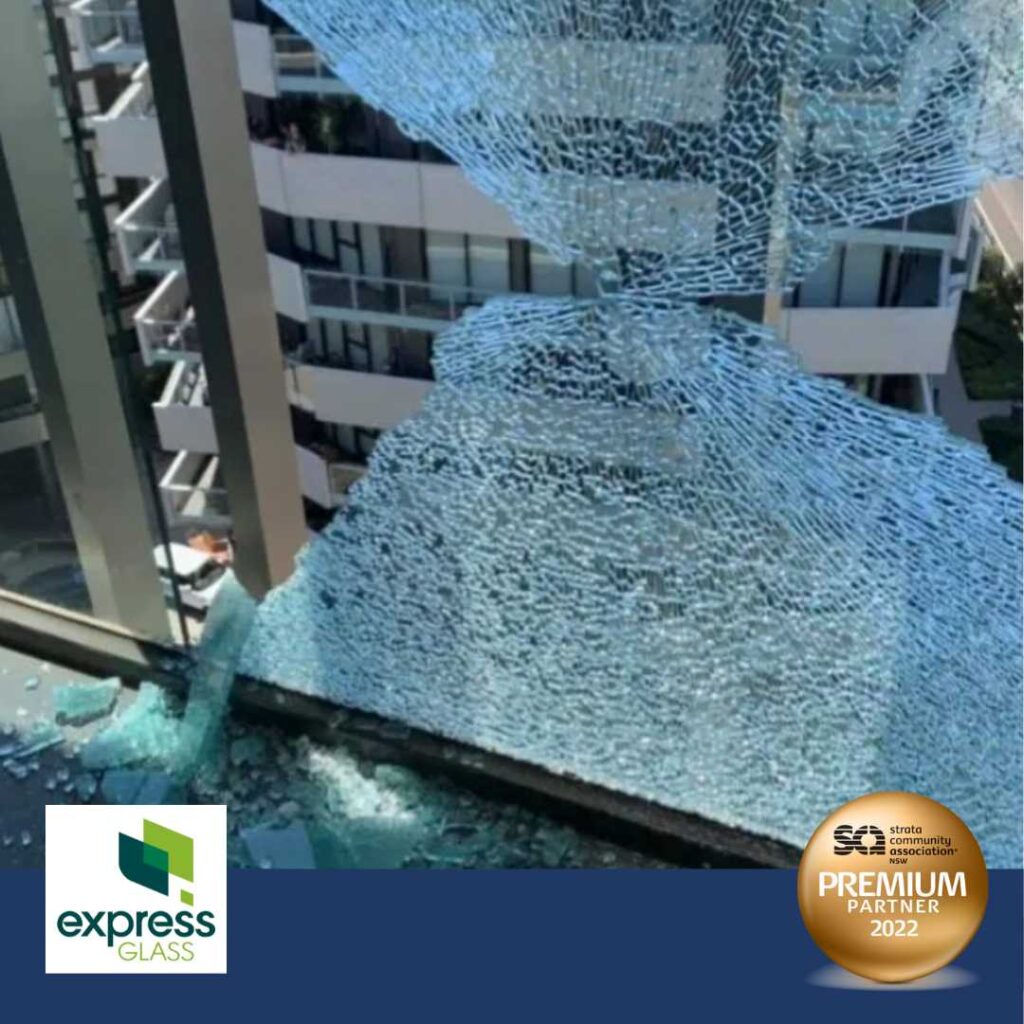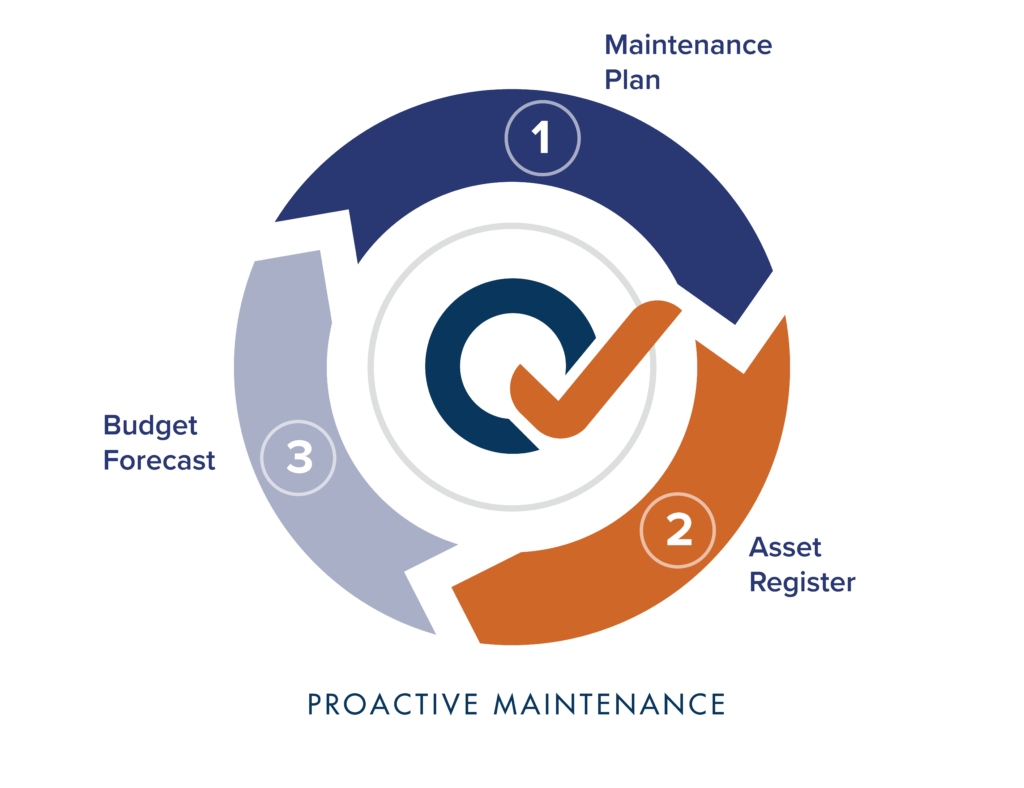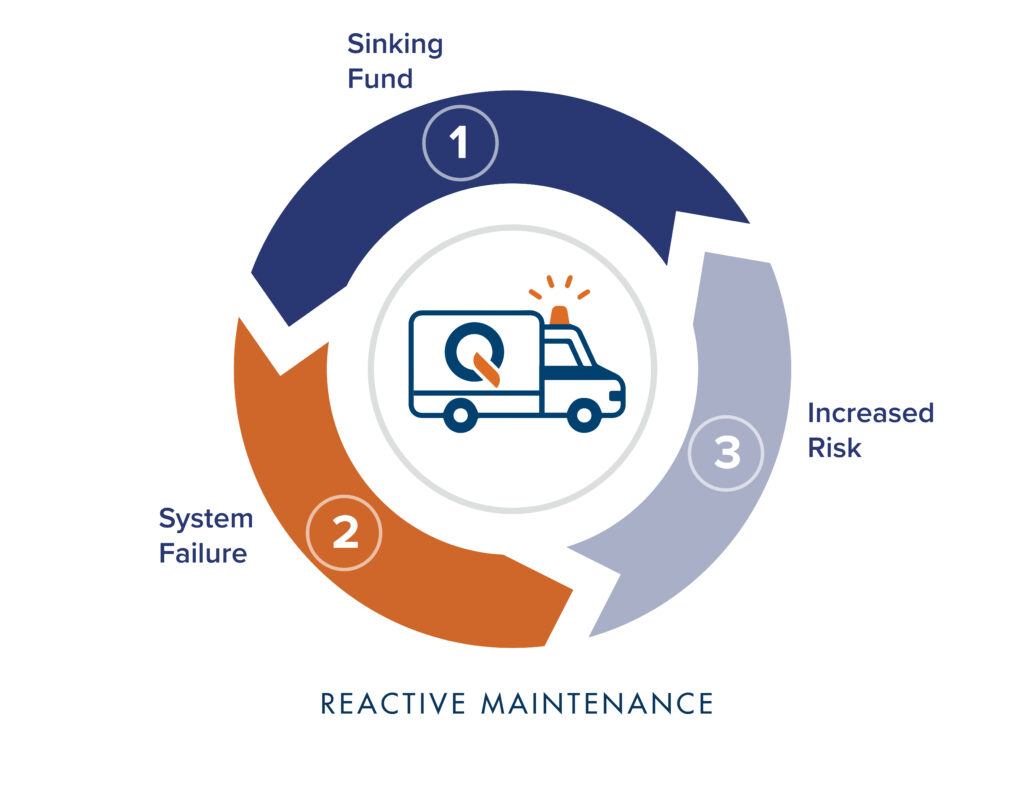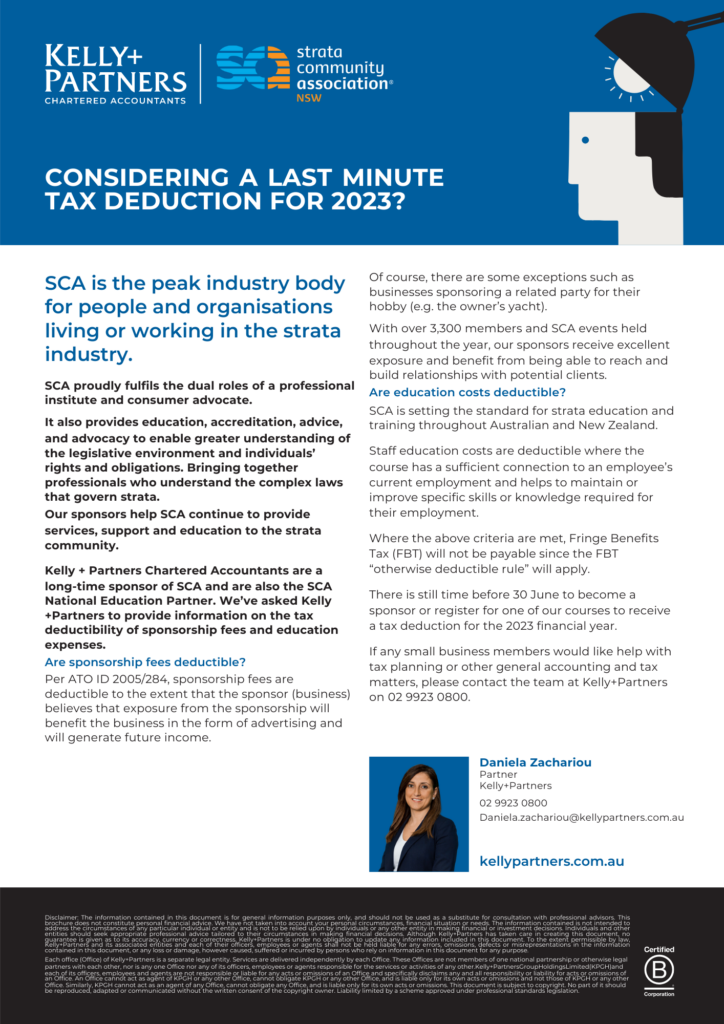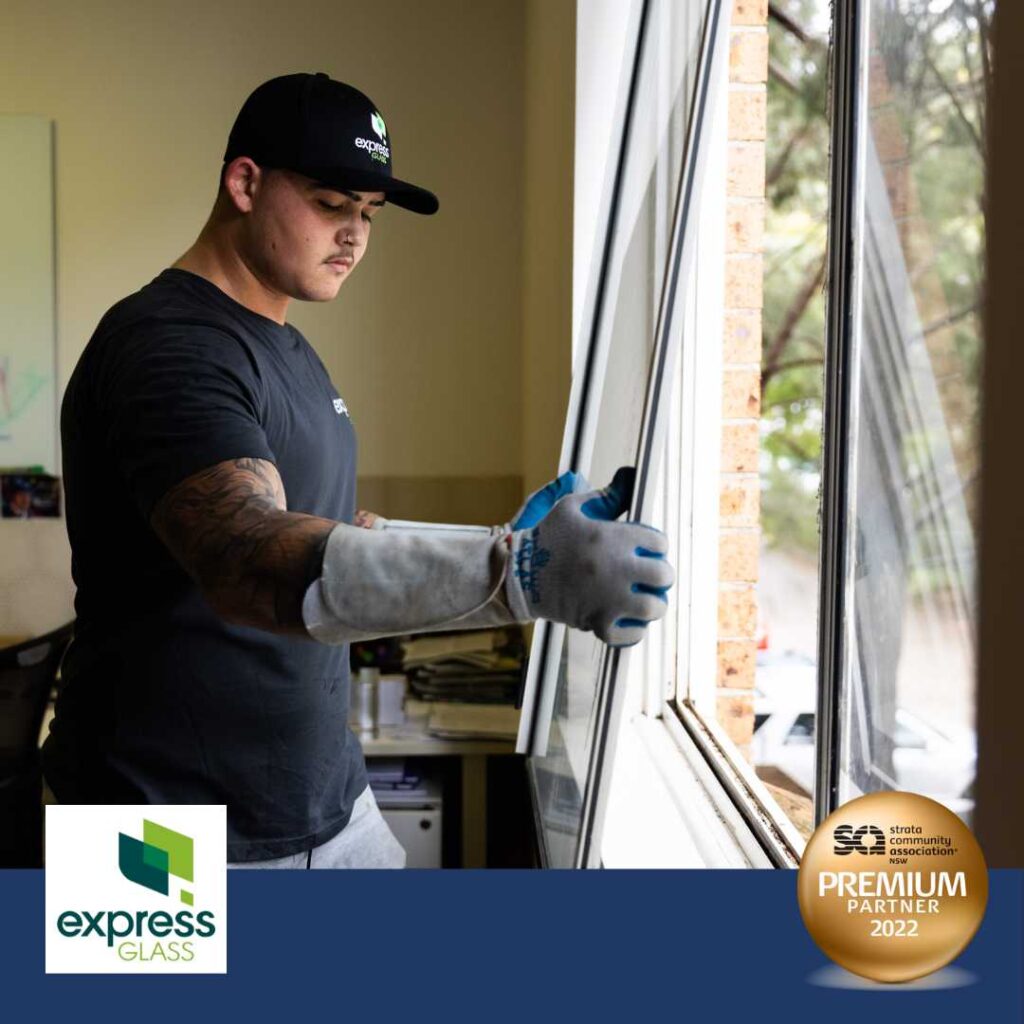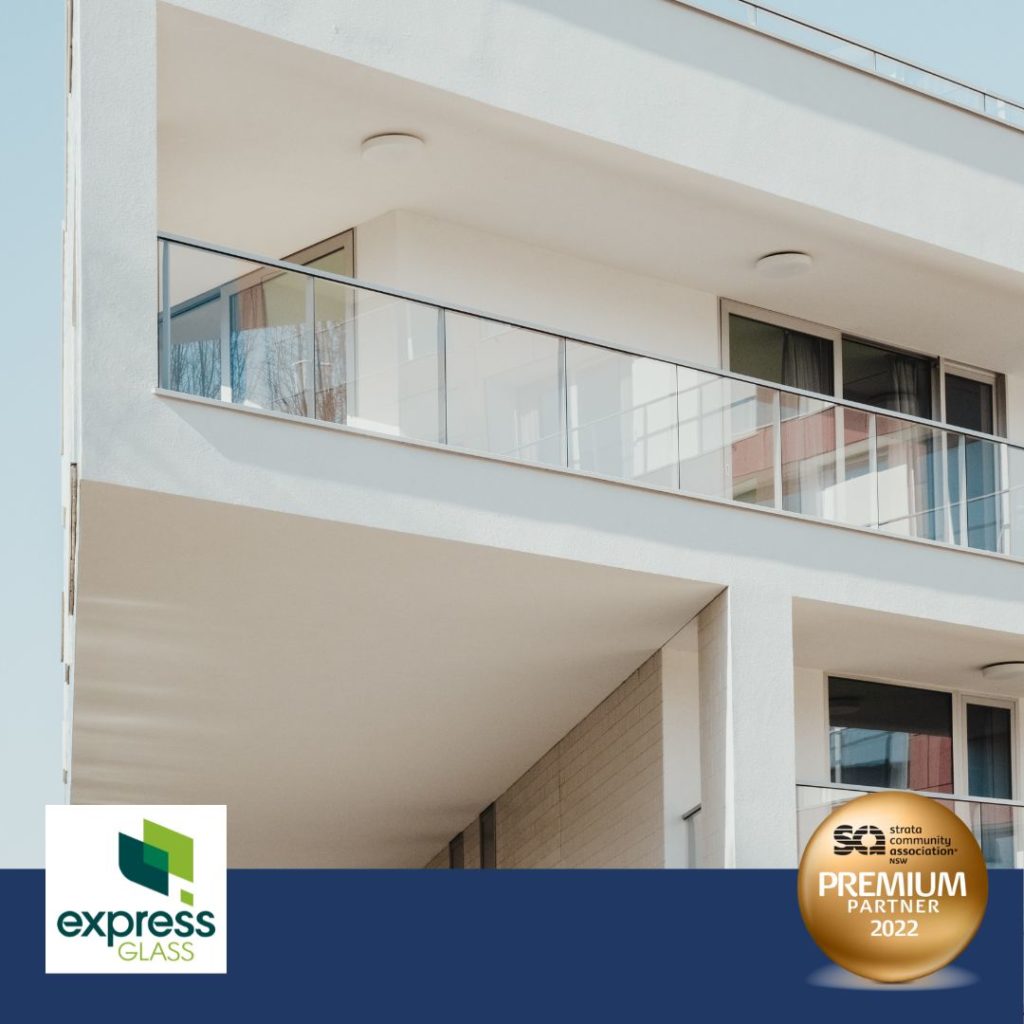Demand for electric vehicles (EVs) in Australia is growing, with the EV market share increasing by 65% in 2022 to 3.39% of new light vehicle (car) sales1. While this lags other developed nations, such as the UK, where one in five new cars sold is electric, we know demand in Australia will continue to increase. Moderate estimates predict EVs will represent 49% of total vehicle sales by 2030, and 100% of total vehicle sales by 20402.
Read or download the article below to find out more about:
- The role of the Government in EV strategy
- New South Wales EV policy
- Potential integration issues
- EV charging infrastructure
- Risks of EV charging stations
- Strata insurance considerations



